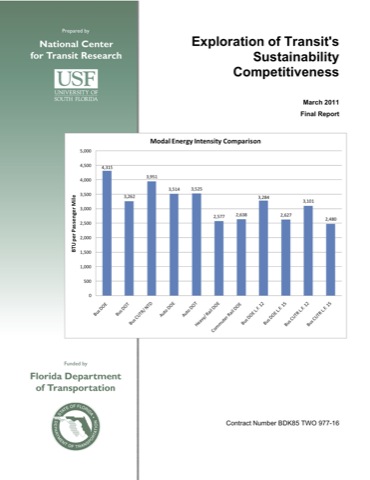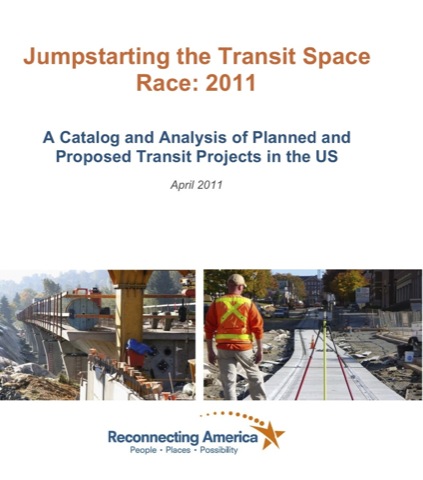Secretary of Immobility Ray LaHood announced yesterday the latest–and possibly last–round of high-speed rail grants, this one from redistribution of the $2.4 billion rejected by the state of Florida. As the Antiplanner noted in March, LaHood could have given the entire $2.4 billion to California, sending a signal that the administration remains serious about building a true high-speed rail network.
Instead, LaHood gave only $300 million to California high-speed rail, and instead gave the lion’s share–$800 million–to Amtrak and several eastern states for the Northeast Corridor–a corridor that wasn’t even on the original high-speed rail list until LaHood added it in March. Most of the rest of the money went for minor improvements in track to allow trains to run slightly faster than they run today, or for stations, locomotives, passenger cars, and similar facilities that will pretty much operate at conventional speeds.
California expects to use the $300 million to build another 20 miles of rail line in the state’s Central Valley, on top of the 65 miles or so that are already funded. The Central Valley is the least-expensive portion of the planned 420-mile route that includes two mountain crossings and more than 100 miles through urban areas. Since the state has little more than 10 percent of the money it needs to complete the San Francisco-Anaheim route, giving it $300 million is not going to help it complete the project. Yet California politicians claim they are thrilled with the grant.
Continue reading →









